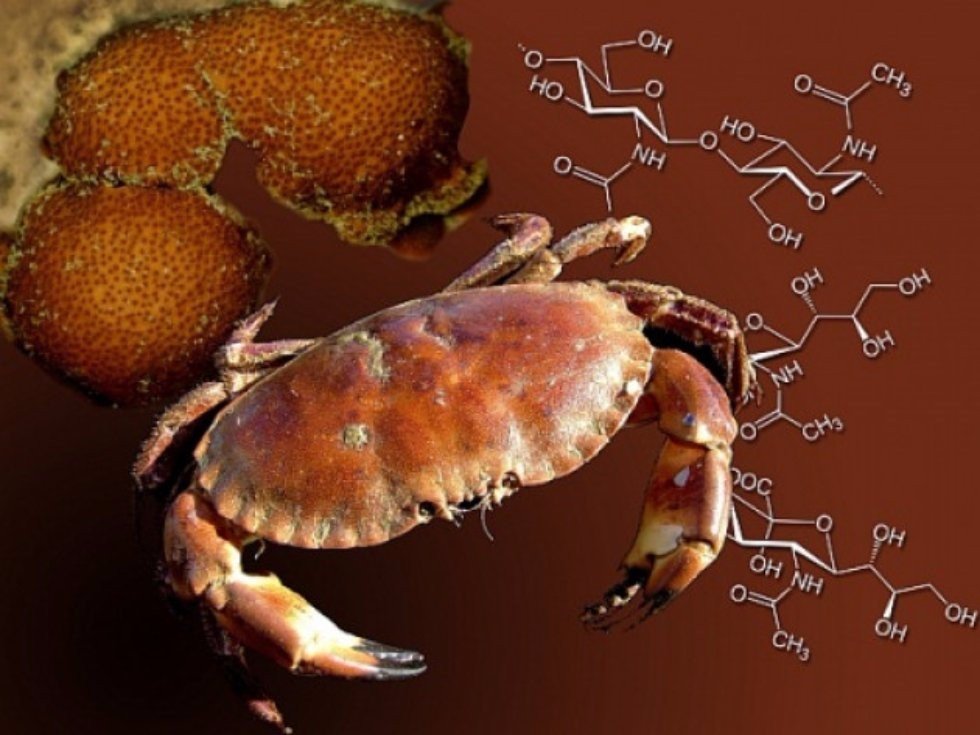New Antibacterial Drug to Be Created At KFU

KFU's researchers in cooperation with the Kazan Research Institute of Epidemiology and Microbiology and the Bioengineering Center of the Russian Academy of Sciences proved the effectiveness of biopolymers against pathogenic microorganisms.
The research specifically concentrates on chitosan (extracted from chitin in the carapaces of insects and crustaceans). It was first discovered in 1859, but only recently it became possible to produce chitosan with desired parameters.
A few years ago researchers from the Bioengineering Center of RAS managed to produce narrow disperse chitosan. Thanks to this technology scientists can now determine the biological features of different biopolymers.

"We found that some of the chitosans are toxic. They can disrupt the membranes of pathogenic microorganisms, - explains Associate Professor of the Department of Microbiology Pavel Zelenikhin. – It is currently established that chitosans are effective against some species of such genera as Klebsiella, Staphylococcus, Pseudomonas. Some chitosans were also discovered to have antifungal properties".
The list of diseases caused by the aforementioned pathogens is very long. Klebsiella can cause pneumonia, urogenital infections, conjunctivitis, meningitis, septicemia, and intestinal infections. The same is true about Pseudomonas. Staphylococci (especially S. aureus) are well-known as the causes of many inflammatory infections.
Chitosans destroy up to 90% of pathogens in selected cell cultures. It is especially valuable because no serious side effects in humans have been discovered so far.